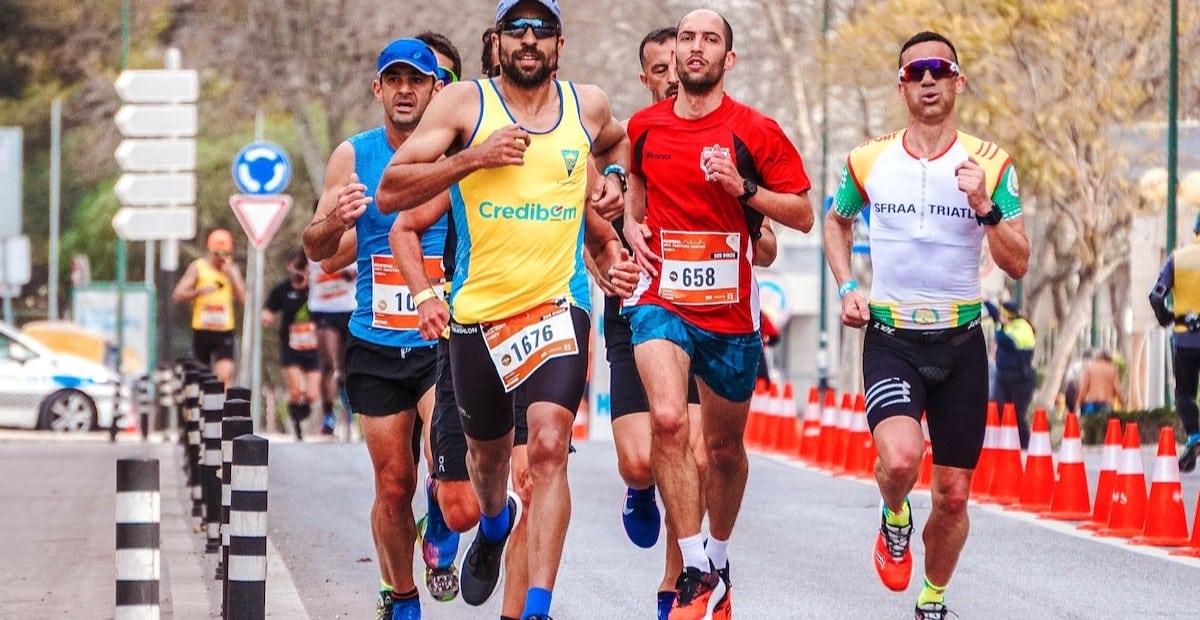
Contents
Using goal pace techniques, half marathon approaches and keeping with experienced runners (to name a few) with proper pacing strategy
A half marathon sounds like a pain. I’ve not experienced it myself which I can honestly say I’m fine with. But I do like to challenge myself. I’m not a 99% so the activities I do engage with, well, I do them right.
A 10k is a perfectly reasonable challenge. And in fact, if you’re reading this and you haven’t been challenged by a 10k, short of breath because of it, or lack respect for its hardship, then you’re in the wrong place (go back to your half marathon!).
If you do, however, want to achieve what most runners set out to achieve, have the right mindset to reach a respectable goal race pace, and are ready for race day no matter the event then you should read on…
… because training for 10k goal pace takes respect, for running strategy, for running technique, and for yourself.
Let’s run through it.
Warming up
Let’s not forget about this pivotal process. Warming up, just like having enough fluids, eating right and getting enough rest, is a fundamental pre-workout activity. Simply, if you want your vehicle to be operating at full capacity, then even the smallest of issues can be getting in the way.
So how do you fix your warm-up issues?
Well, if it was for a race, for example, you could do the following –
”Go for a leisurely 15–20-minute run, followed by 10 minutes of light dynamic stretching and 3 x 30-second strides beginning 35-45 minutes before the event.” –Revel Sports, 2022.
Training priorities?
Again, when the fundamentals are down, what should you be focussing on next?
Strength training time. It’s time to lift those weights (or for the subtler trainers reading this post, bodyweight exercises) – Revel Sports writes, ”If you want to run to your maximum capacity, you must adopt a complete strategy. This includes focusing on aspects of fitness that you may not regularly pay attention to, such as flexibility, balance, mobility, and strength.
It has been proved that including weights in your regular training program will boost your speed and VO2 max. [See our VO2 Max Calculator]”
Whether you want to run a mile slower to accommodate tempo runs or cross that 10k race finish line at the best time possible, weights will help your victory here. You want to do everything to avoid employing poor race tactics, so weight training for endurance, stamina, fatigue reduction and anaerobic supply are great ways to help.


Conclusion
If you want to go double the distance, half the speed or employ a new way of running entirely, then you need to bear these things in mind. Yes, new training can feel physically uncomfortable but be it the first mile or the final third, you’ll thank your efforts when it comes to racing that 10k race.
FAQs
What is perceived effort?
This can arise from a lack of tracking (both diet and workouts) and occurs when a trainer believes they’ve done more or less than they have. It also counts towards pre-planning a routine or workout regime.
What are even or negative splits?
The smartest 10k runners are those who spread their effort over the duration of the race by running even or negative splits (where the second half of the race is run faster than the first, slower pace half). Approaching the race in this way means that energy is burnt most economically and will dramatically increase your likelihood of finishing in a personal best time. An even split is where the runner runs at the same pace throughout, a constant steady pace.